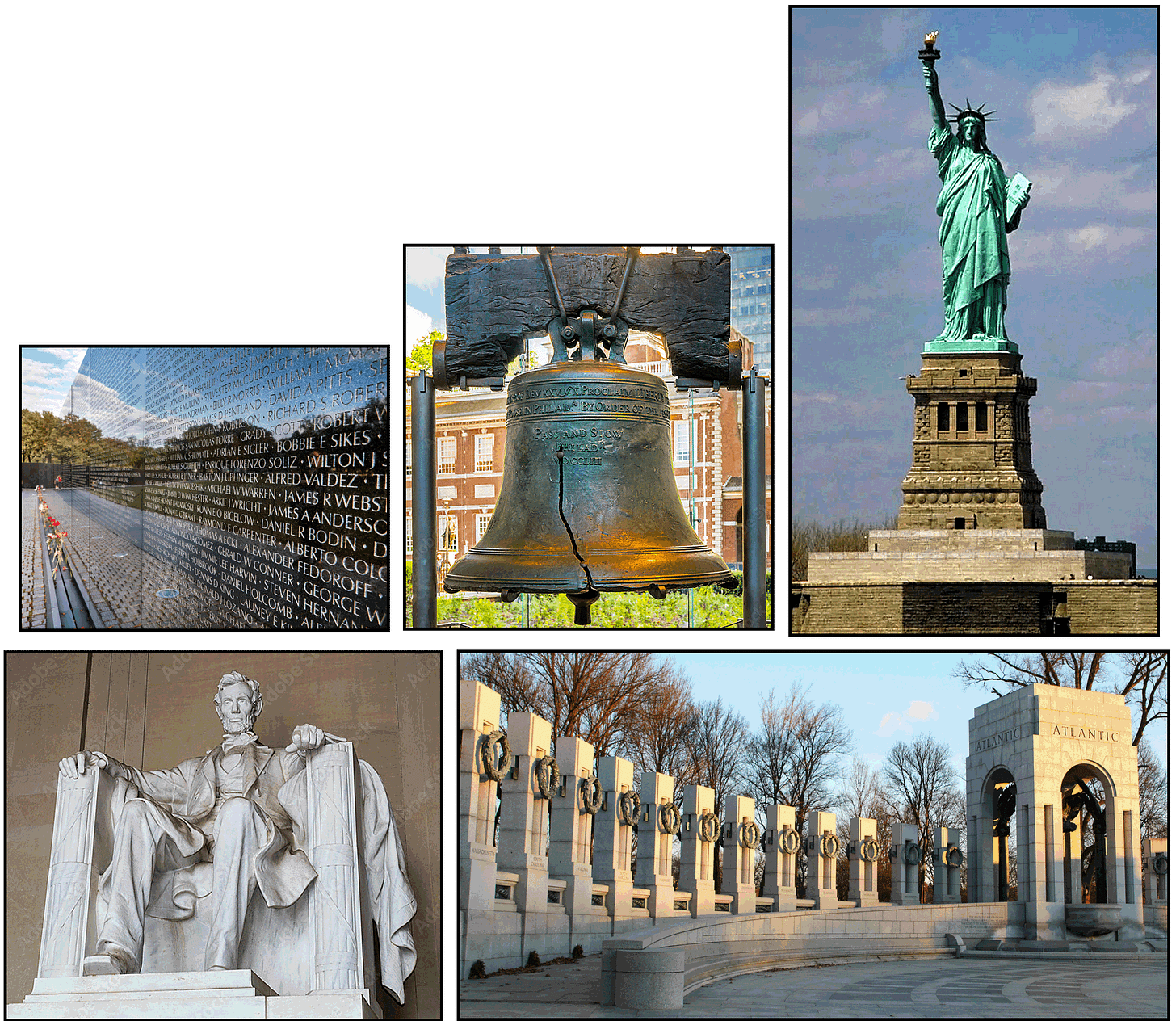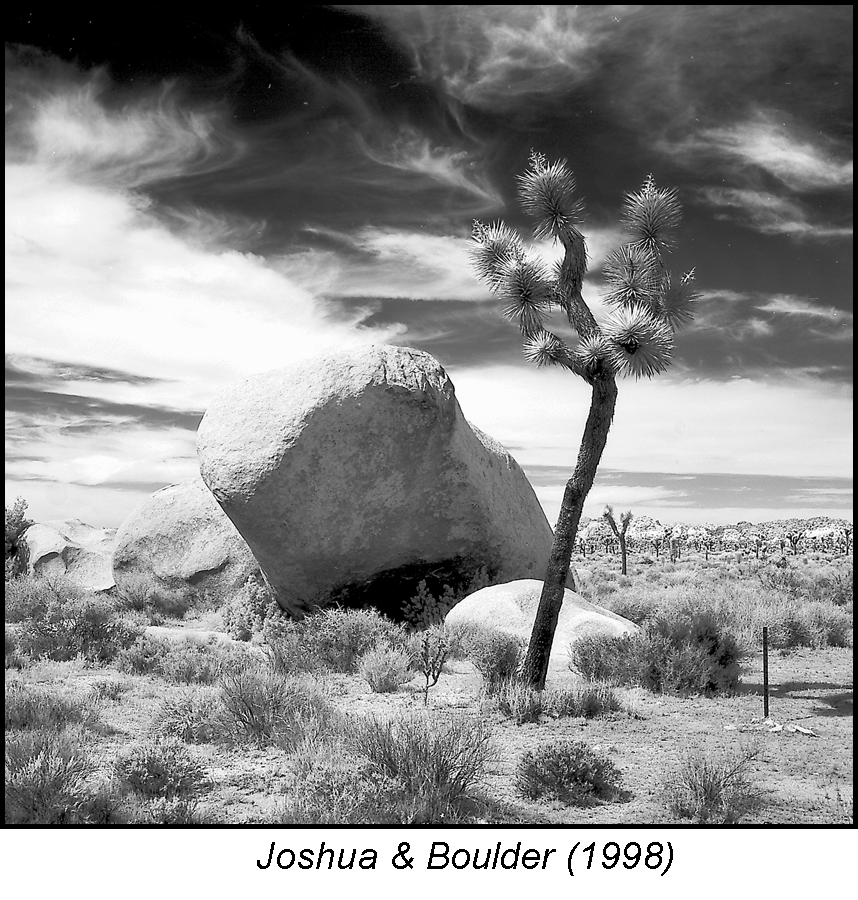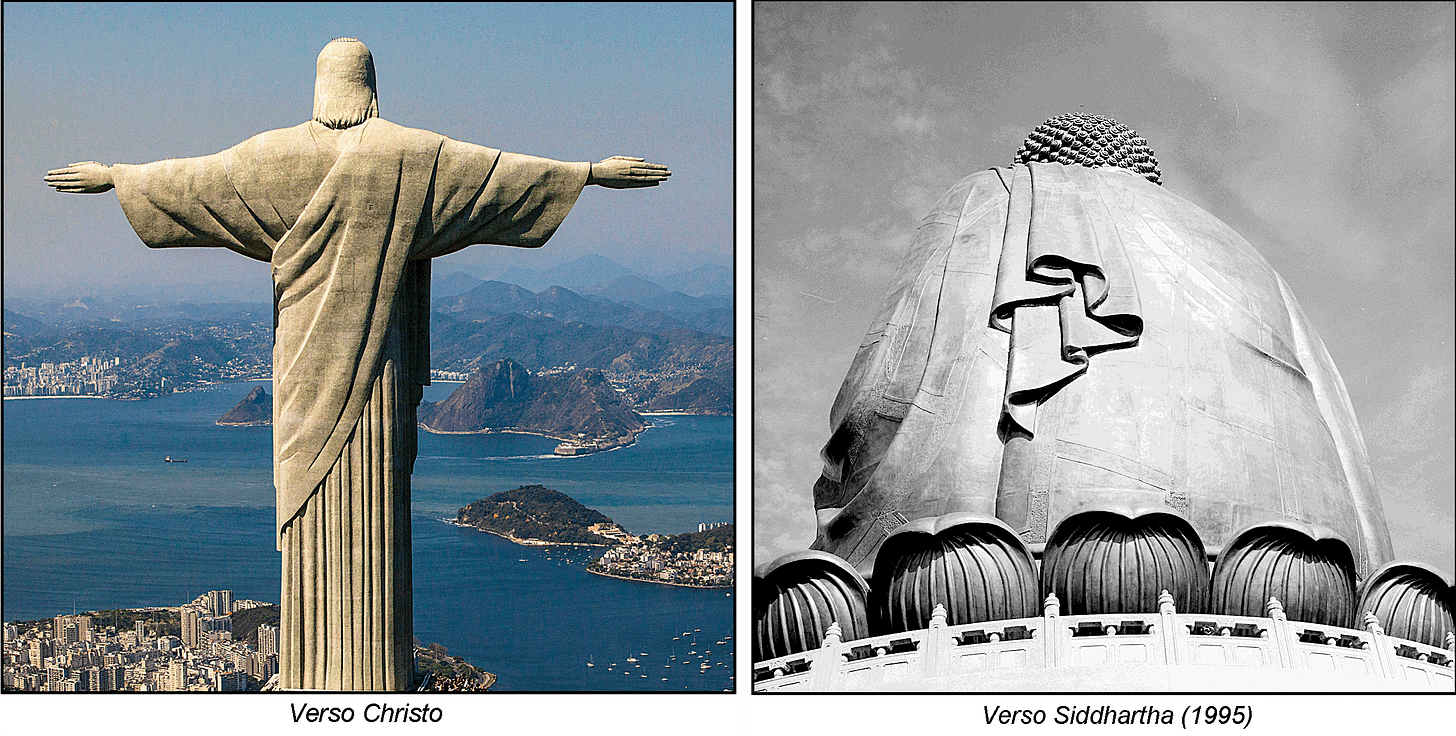The idea
Why monuments? It’s a combination of nostalgia for us seniors and history education for our juniors when the monuments commemorate a person, an event, or an edifice worth remembering. Other so-called monuments have been created for preservation, to protect them from harmful exploitation. Worldwide, there are a great many monuments, far too many to list here. We can pick just a few that help us delve into the notion of monuments per se. In the US for example, there are the:
Lincoln Memorial, Washington, DC;
Vietnam Veterans Memorial, Washington, DC;
World War II Memorial, Washington, DC;
Independence National Historical Park, Philadelphia; and
Statue of Liberty National Monument, New York City.
The United States has 138 protected areas [1] known as national monuments.[2] The president of the United States can establish a national monument by presidential proclamation, and the United States Congress can do so through legislation. The president's authority arises from the Antiquities Act of 1906, which allows the president to proclaim "historic landmarks, historic and prehistoric structures, and other objects of historic or scientific interest" as national monuments.[3,4]
Here are a few worldwide that are most recognizable:
The Great Wall of China;
The Pyramids of Giza, Egypt;
The Colosseum, Italy;
Machu Picchu, Peru;
Taj Mahal, India;
Petra, Jordan;
The Acropolis, Greece; and
Angkor Wat, Cambodia.
A much more complete list is available online.[5] The pictured US monuments honor heroism and the symbols of freedom. We chose to picture some worldwide monuments that reflect not only the architectural prowess of humans over the centuries but also some cultures vastly different from the less mature (so far) in the US. Visits to such places leave one with indelible memories.
By any other name
A monument’s name need not include the word monument to be one. My favorite so-designated tract of land was the Joshua Tree National Monument in southeastern California. It was renamed as a National Park with half its land being designated as a wilderness area. It is still preserved as a monument.
Whether historic buildings, statues, or grand stretches of park land, the notion of preservation is interesting in and of itself. Why? Because of a contradiction. While we do not want to lose either our human history or those pristine environments that still exist, at the same time we neglect the health of the planet as a whole. A step in a good direction would be to recognize the commonality, the overlapping goals and objectives, of preserving evidence of our human past,* of preserving the most dramatic natural landscapes, and of mitigating the effects of anthropogenic damage to oceans, the atmosphere, and habitats of endangered species. Perhaps Earth is our ultimate monument!
Monumental viewpoints
The art, historical significance, and object of devotion are but a few ways to view monuments that memorialize figures of our past. We can admire the artistry of the sculptor, appreciate the person in effigy and related historical events, and satisfy our need to venerate, idolize, or worship their represented faith and teachings. I find a view of the figure’s form from the less-regarded rear of a statue most revealing, even inspiring. The obverse sees art and personality, whereas the reverse emphasizes only art. Care must be taken because depiction from that perspective may insult those whose faith imputes greater meaning than is evident in the raw stone or bronze.
Discordant Adulation
Interpretation of history, and whether we take pride in it, evolves. The aphorism, “history is written by the victors,” rings true when it comes to how monuments are regarded. In the US some years ago, quite a bother arose over honoring the generals of the Confederacy. Yes, the southern states lost the Civil War. But that was not the point. It was that slavery, as a human rights or economic issue, depending on which side of the conflict you favored at the time, was the basis for secession of the southern states from the Union. The community of present-day descendants of slaves who took understandable offense at implied applause for slavery came up against those who believed that their war heroes deserved recognition regardless of their unrighteous cause.
The neutral view was that education about history, the good and the bad, must be preserved. Many community leaders who had the requisite authority removed statues of the generals from public outdoor display while many unpersuaded jurisdictions did not. Unfortunately, all sides of the debate wound up with a still remnant bad taste after the fact. Would it be better not to commission any statues of prominent leaders from our past for fear that the vagaries of a revised history and changing attitudes toward them would result in their being condemned and torn down? One would hope that education that provides perspective on our past not be routinely considered synonymous with praise for notables’ past acts and philosophies.
Another source of discord, based on the First Amendment of the US Constitution, are stone carvings of the Ten Commandments that can be considered monuments when installed in a public space. Public space implies governmental approval while the Constitution can be interpreted to require governmental abstinence from such promotions of religion, especially of one particular faith.
Beyond commemoration of the slave trade in the US, monuments and protected lands have raised the ire of indigenous peoples in many places. The insensitivity of the powers who neglect such peoples’ cultures and histories is naïve at best if not intentionally discriminatory. Although remediation has had an on-again, off-again history, we’ve come to realize that glorification of colonization, conquest, and subjugation of indigenous peoples is backward and tells only one side of histories worth remembering. Calling for the removal or recontextualization of monuments and seeking to reclaim public spaces is a healthy path forward. In this quest, the US lags behind other English-speaking nations.†
On balance…
Weathering and responding to controversies that emerge from conferring monument status or its equivalent on any person, place, or thing is well worth the inherent value of not forging into our future with no sense of where we have been and in what environment we live. As I write, a just-issued Executive Order from the President of these United States is directing that programs at the Smithsonian Institution “remove improper ideology.” This latest symptom of Orwellian overreach, showing no respect for our ability to separate the wheat from the chaff on our own, flies in the very face of relying on literal and figurative monuments to preserve legacies of all stripes. I am confident that once this purge has passed, the evidence of a broad multifaceted history and a breadth of ideas that have been secreted away to avoid this proverbial burn, will resurface with more force than it had before these troubles.
* Cycloid Fathom Technical Publishing is honored to have helped produce Cultural Heritage – Roadmap for the Preservation of Historical Monuments. This 2019 report was a product of the HERACLES EU project published by the European Materials Research Society. It surveyed several historical sites that are deteriorating due to environmental insults. The full report is available at https://cycloid-fathom.com/wp-content/uploads/2020/07/CH-BKLTX1a_FOGRA39final.pdf.
† Beyond the scope of this post on monuments is the disregard of indigenous peoples’ rights by economic interests, such as when the Keystone XL Pipeline of TransCanada Corp. was routed over lands that included a sacred area of the Sicangu Oyate, the Rosebud Sioux Tribe, of Tripp County, South Dakota, USA.
Credits: “Contemplation” collage is from images originated in OpenAI.com’s image generator that was asked to emulate The Thinker (French: Le Penseur), by Auguste Rodin.
All Images of well-known US and overseas monuments are from their respective public-facing websites.
Verso Christo is from https://gloriamellosblog.weebly.com/blog/how-social-media-shapes-identity without title.
Joshua & Boulder and Verso Siddhartha are from the author’s collection in the infrared.
Ten Commandments image is from Adobe Stock #380398375.
[1] https://en.wikipedia.org/wiki/Protected_area.
[2] https://en.wikipedia.org/wiki/National_monument_(United_States)
[3] "Antiquities Act of 1906", 16 U.S.C. § 431 § 432, and § 433. U.S.
https://en.wikipedia.org/wiki/Antiquities_Act
[4] https://en.wikipedia.org/wiki/List_of_national_monuments_of_the_United_States.
[5] https://en.wikipedia.org/wiki/List_of_most-visited_palaces_and_monuments.
Nota Bene: Others may ruminate differently. But be warned: In my case, seeing or hearing something quite trivial -- a saying, a store clerk’s mannerisms, or bad grammar on a food product’s label – triggers a stream-of-consciousness extrapolation toward grander notions and generalizations. That is what often happens in these posts. ADDENDUM: Those subscribers who have been here for a while will have noticed that at times Ruminations has veered into diatribes. I make no apology. I just want my readers to know that it’s quite intentional. When events come close to making the ‘blood boil,’ that discontent bubbles up here.
Disclaimer: Any and all opinions expressed here are my own at the time of writing with no expectation that they will hold beyond my next review of this article. Opinions are like a river, winding hither and yon, encountering obstacles and rapids, and suffering turbulent mixing of silts from its depths and detritus from its banks. But just as a river has its clear headwaters and a fertile delta, so do opinions, notwithstanding any intervening missteps and uncertainties.
Reminder: You can visit the Cycloid Fathom Technical Publishing website at cycloid-fathom.com and the gallery at cycloid-fathom.com/gallery.
Forthcoming posts (unless life intervenes)
Cichés
…Wisdom and warnings with a bad rap
21 April 2025
Journals’ journey
…Write, read, archive, venerate, or erase
28 April 2025
Size matters
…Relativity: Solicitously Small or Badgeringly Big
TBD
Touchy Topics -- #2
…Considering controversial concerns (Classification)
TBD











